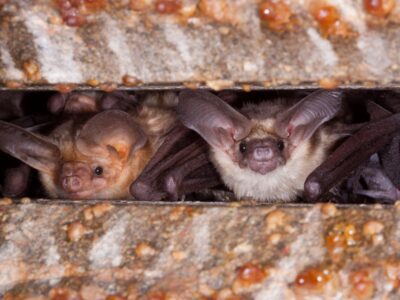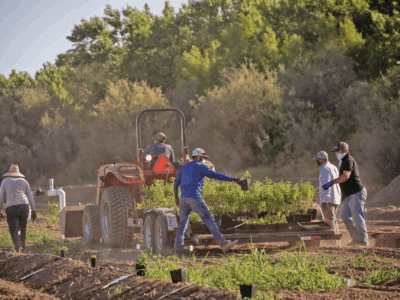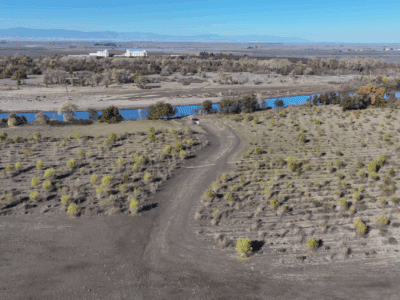Already aware he was different from other kids his age, Taylor Gamino just wanted to fit in.
In 1993, Taylor was born with half of a heart, a condition called hypoplastic right heart syndrome. By the time he was eight, he’d already endured four open heart surgeries and survived a stroke. While his parents, Kimberlie and Michael, and two brothers (one older and one younger) showered him with love and support, the outside world treated him differently.
“There are a lot of things children with heart disease aren’t usually invited to do,” he said. “When I was growing up, I wasn’t invited to go kayaking, hiking, rock wall climbing, and a bunch of other things—I was left out.”
Taylor recalls elementary schoolyard duties who thought that if he ran around the playground too much, “I would turn blue,” he said. “They thought it was safer for me to sit on the detention steps with the kids that were in trouble. So that’s what I did for a while—I felt like I was in trouble for doing nothing.”
Ignited by a vision to fill their son’s life with moments, friends, and opportunities safely and appropriately, in 2002 Kimberlie and Michael co-founded Camp Taylor, a nonprofit and medically supervised camp for children with heart disease and their families.
Guided by the mission to help pediatric heart patients overcome the emotional and developmental challenges that accompany the disease, Camp Taylor is accredited by the American Camp Association, and brings children born with congenital heart defects together through recreational and educational components.
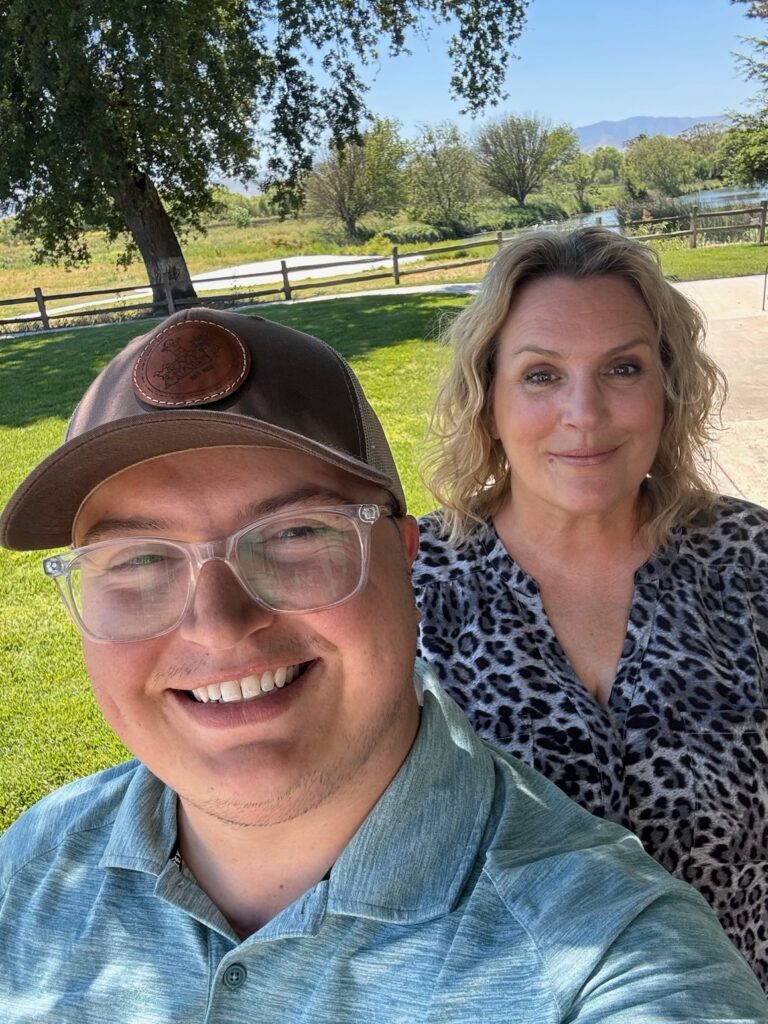
“For many of the kids, it’s the first time they experience the feeling that they’re not alone. It’s the first time they experience all the staples of going to camp,” said Kimberlie. “And they realize they’re not so different after all.”
Camp Taylor is also growing and currently planning and fundraising to build up and improve its outdoor recreation areas and educational offerings—with River Partners leading the revitalization.
What is Camp Taylor?
Set in Modesto along the banks of the San Joaquin River, Camp Taylor sits less than a mile away from several current and completed River Partners river restoration projects, including our historic Dos Rios Ranch Preserve—California’s newest state park in over a decade—and our newly transformed Hidden Valley Ranch restoration, as part of our efforts to boost the health of ecosystems and communities in the region.
Aside from a minimal registration fee, camp is free for kids coming from all over the country (Texas, Florida, Washington, Hawaii, and Alaska) and even internationally (Mexico and Australia). Camp Taylor fundraises for the other expenses—and Taylor leads the charge there.
Spring and summer camps for kids and their parents make up the bulk of the activities, in addition to field trips with eight local elementary schools throughout the academic year. In total, 3,200 students participated in Camp Taylor activities in 2023—in 2024, Kimberlie hopes to eclipse 3,500 students.
“Our program runs year-round, but most of the kids with heart disease come during the summer,” Kimberlie said. “As the campers get ready to enter a new grade in school, they’re immersed with other kids fighting similar battles to help them feel better about the skin that they’re in. It’s a boost to self-confidence and they know they’re not alone. It’s life affirming for these kids.”
Outdoor camp activities from archery to kayaking to swimming complement more thoughtful and educational offerings like heart education, heart-healthy cooking classes, and team-building exercises. Some of the most difficult discussions and activities take place outdoors—and the natural surroundings play an integral part and are a salve to the hard conversations.
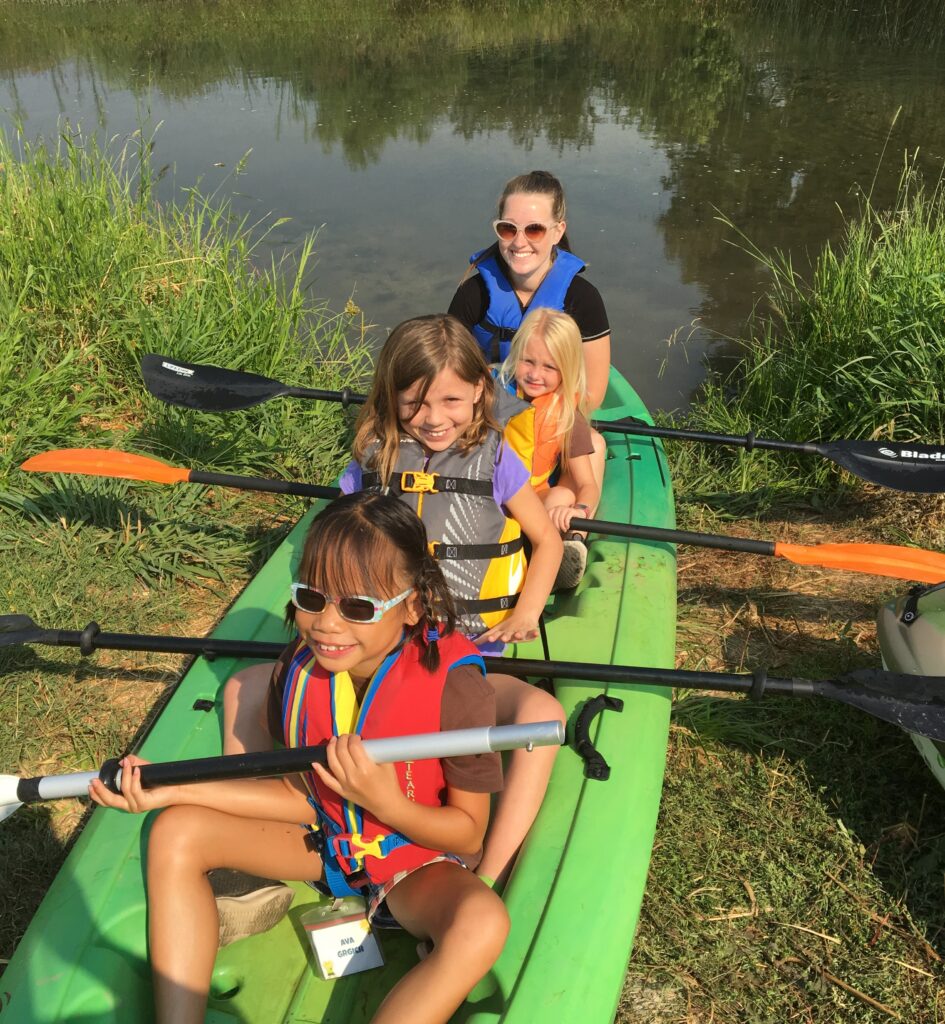
“Nature sets the stage for us to complete our mission,” Taylor said. “While I talk about how horrible it is when chest tubes are being pulled out, we feel a gentle breeze or we see foxes stroll through our memorial garden. The setting makes hard conversations special and a little easier.”
Eventually, Kimberlie, Taylor, and the rest of the camp staff wanted to connect deeper and more richly with campers by leveraging their access to nature—and that’s when Kimberlie received a phone call.
A Convergence of Caring
Maggie Blankinship, Director of Acquisitions at River Partners, had driven the roads around the San Joaquin River west of Modesto dozens of times, speaking with landowners, exploring options for the future of their lands, and securing former farmland that River Partners would ultimately restore back to native floodplain habitat.
When she learned about a nearby camp for children with heart disease looking to embark on a small river restoration project, Maggie called Kimberlie straightaway. They discussed what Camp Taylor was looking for and explored the possibilities, resulting in River Partners leading the restoration of 15 acres in the heart of the camp flanked by the San Joaquin River.
“Learning more about the camp and how it helps and empowers children with heart disease was a big motivation to come together,” Blankinship said. “It’s a wonderful partnership between organizations with similar mindsets.”
Then, the California Wildlife Conservation Board stepped in with critical project funding. “Floodplain restoration in the San Joaquin Valley and Tulare Basin is incredibly important for water quality, flood safety and groundwater recharge,” said Jennifer Norris, Executive Director of the California Wildlife Conservation Board. “This project will revive and reconnect river corridors, essential for wildlife connectivity and provide safe passage for struggling species throughout the region. The California Wildlife Conservation Board is also thrilled to see so many children and their families at Camp Taylor gain river access where they can experience this habitat restoration up close and the health benefits of restored riverways.”
Kimberlie and Taylor envision a large deck so that campers can safely get into and out of the San Joaquin River featuring signage with information about the native plants and local wildlife that are sure to return to the site. There’s acreage for butterfly habitat and a pollinator garden, as well as a trail system. A cultural gathering garden like those nurtured by local Tribes will educate campers about native grasses while honoring the Indigenous people who called this area home for time immemorial, said Kimberlie.
“We want to incorporate some of that education into the Camp, especially with the specific plants Tribes have historically used,” she said.
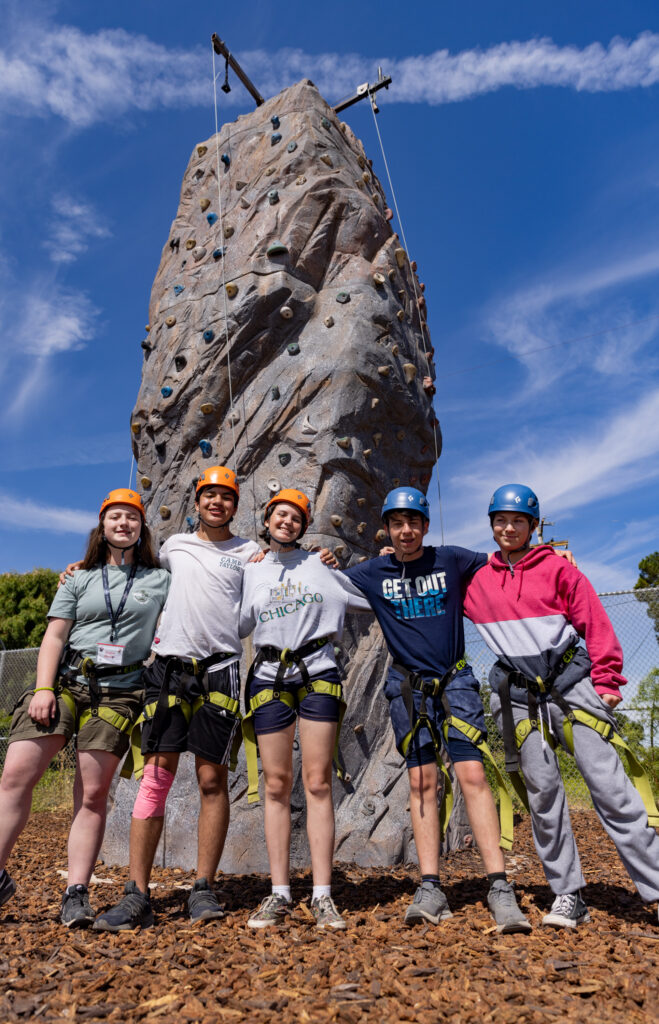
Taylor wants to add a multi-use garden where “I envision the kids harvesting edible plants, walking into our kitchen and cleaning them, and learning how to cook heart-healthy meals.”
Ashley Verna, a Restoration Science Ecologist on River Partners’ San Joaquin Valley team, notes that the restoration project also contributes to the organization’s ongoing goal of connecting more habitat to the 7,500-acre San Joaquin River National Wildlife Refuge.
“We’re trying to support pollinators and to make sure we have contiguous riparian habitat,” she said, adding that River Partners is currently in the planning phase of the project which involves obtaining California Environmental Quality Act and Central Valley Flood Protection Board permits.
“Our hope is that we have all of the necessary permits and our grant in hand by March 2026,” Verna said.
Looking Ahead
One of River Partners’ core values is boosting the public health of communities through its river restoration efforts. Coming together for this important restoration with Camp Taylor was a natural fit.
“The coolest thing for us is seeing that somebody recognizes the overlap between emotional healing out in nature and the things children with heart disease deal with and recognizes the value we can bring to the community by investing in this property we’ve invested in already for years,” said Taylor. “It’s awesome to see that River Partners sees the value—there’s so much overlap with both of our missions.”
“We’re incredibly grateful River Partners is helping in this important endeavor,” Kimberlie said. “I think we all win.”
Taylor turns 31 in September. He regularly speaks to doctors, surgeons, and pediatric cardiologists, sharing his story and encouraging them to refer their patients to Camp Taylor for its myriad physical, emotional, and psychological benefits.
Through it all, Taylor said his biggest revelation over the years is not only looking back at his fight with heart disease or acknowledging all he’s been able to accomplish—for him, he’s setting an example of a life to live.
“We see babies in the hospital with heart conditions similar to mine and I’m able to tell the families my life story,” Taylor said. “And the kids at Camp Taylor don’t have to go through the feelings of isolation that I went through. They’re growing up with a support system here, knowing they belong to a tribe that is so special. I love being part of it every day.”
Restoration at Camp Taylor is made possible through funding from the California Wildlife Conservation Board.


